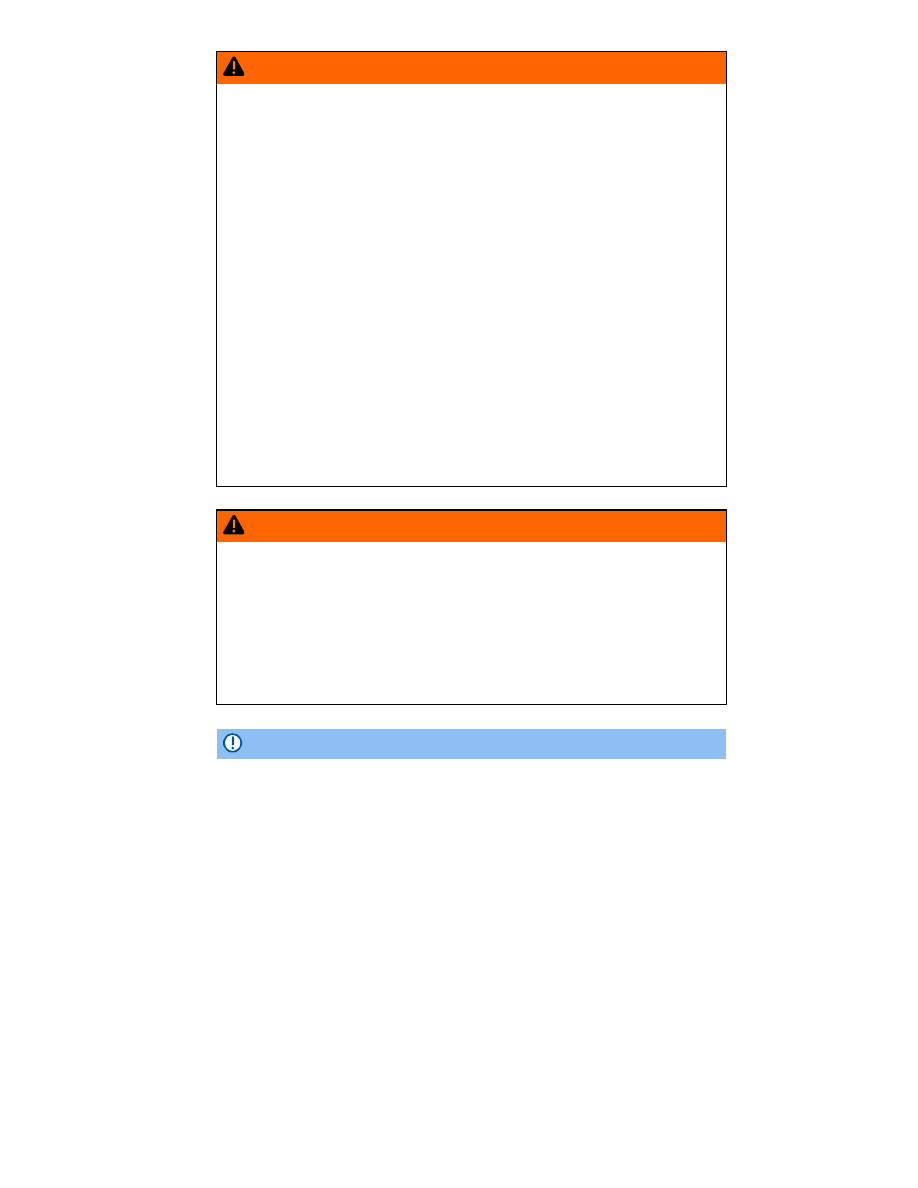Volkswagen CC (2015 year). Instruction - part 23

WARNING
Brake failure and reduced brake performance can be caused by
not having enough brake fluid in the reservoir or by old or in-
correct brake fluid.
Check the brake system and brake fluid level regularly.
Always change the brake fluid according to the service
schedule in your
⇒ Booklet Warranty and Maintenance.
Hard braking with old brake fluid may cause vapor lock. Va-
por lock reduces braking performance, increases stopping dis-
tances and can even cause total brake failure.
Always make sure that only the correct brake fluid is used.
Only use brake fluid that expressly conforms to VW Standard
501 14 or, if it is not available, only use a high-quality brake flu-
id that conforms to U.S. Standard FMVSS 116 DOT 4 require-
ments.
Using another brake fluid, or one that is not of high quality,
can impair the function of the brake system and reduce its ef-
fectiveness. If the container does not say that the brake fluid
complies with VW Standard 501 14, or U.S. Standard
FMVSS 116 DOT 4, do not use it.
The brake fluid must be new.
WARNING
Brake fluid is poisonous.
To reduce the risk of poisoning, never use food, beverage or
other non-original containers to store brake fluid. Someone
might be misled by the original label on the container, or by the
shape of the container, and drink the brake fluid. This could oc-
cur even if you relabel the container as “brake fluid.”
Only store brake fluid in the closed, original container and
keep it out of the reach of children.
NOTICE
Brake fluid will damage vehicle paint, plastic parts, and tires.
Wipe any brake fluid off vehicle paint and other vehicle parts
immediately.